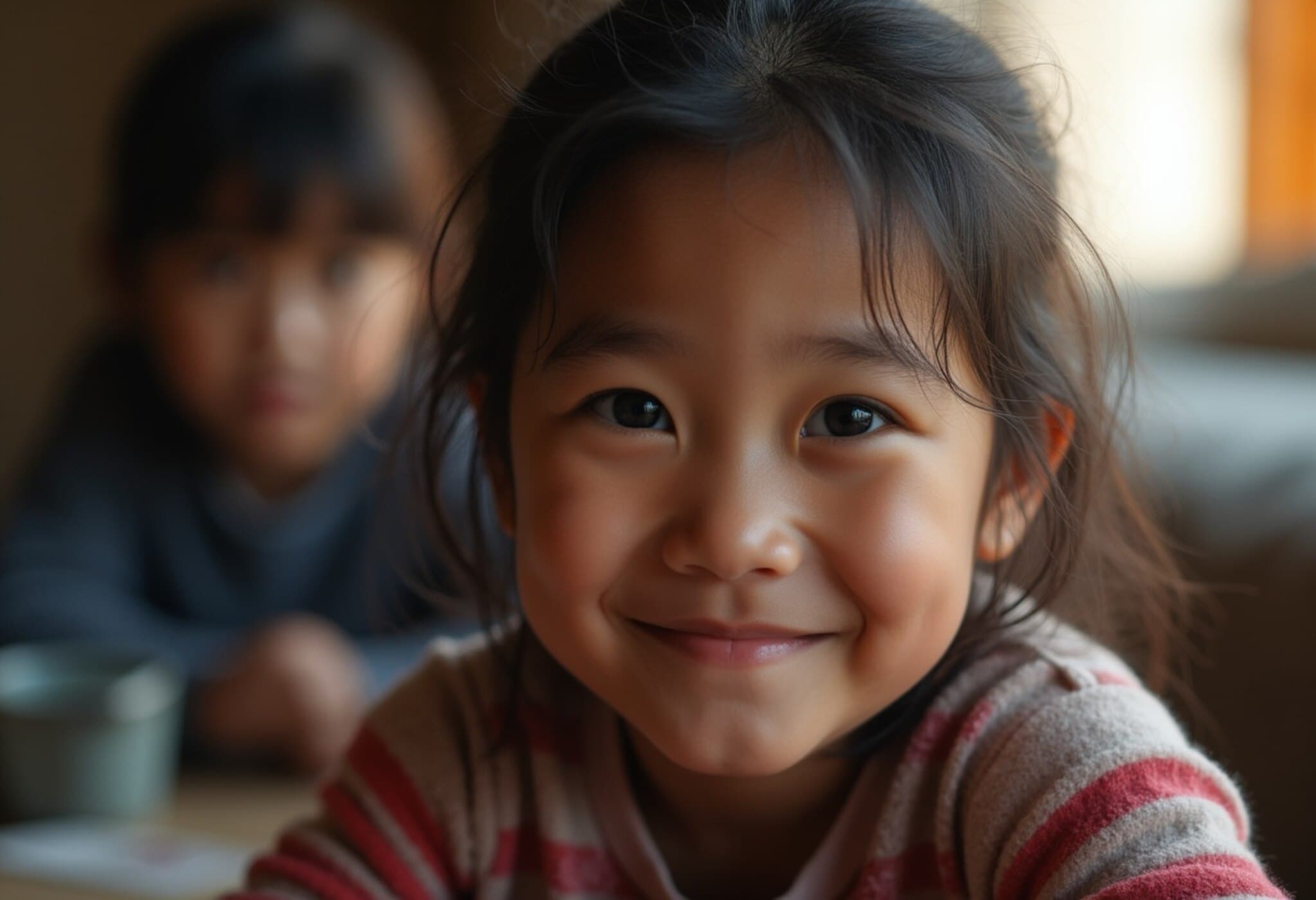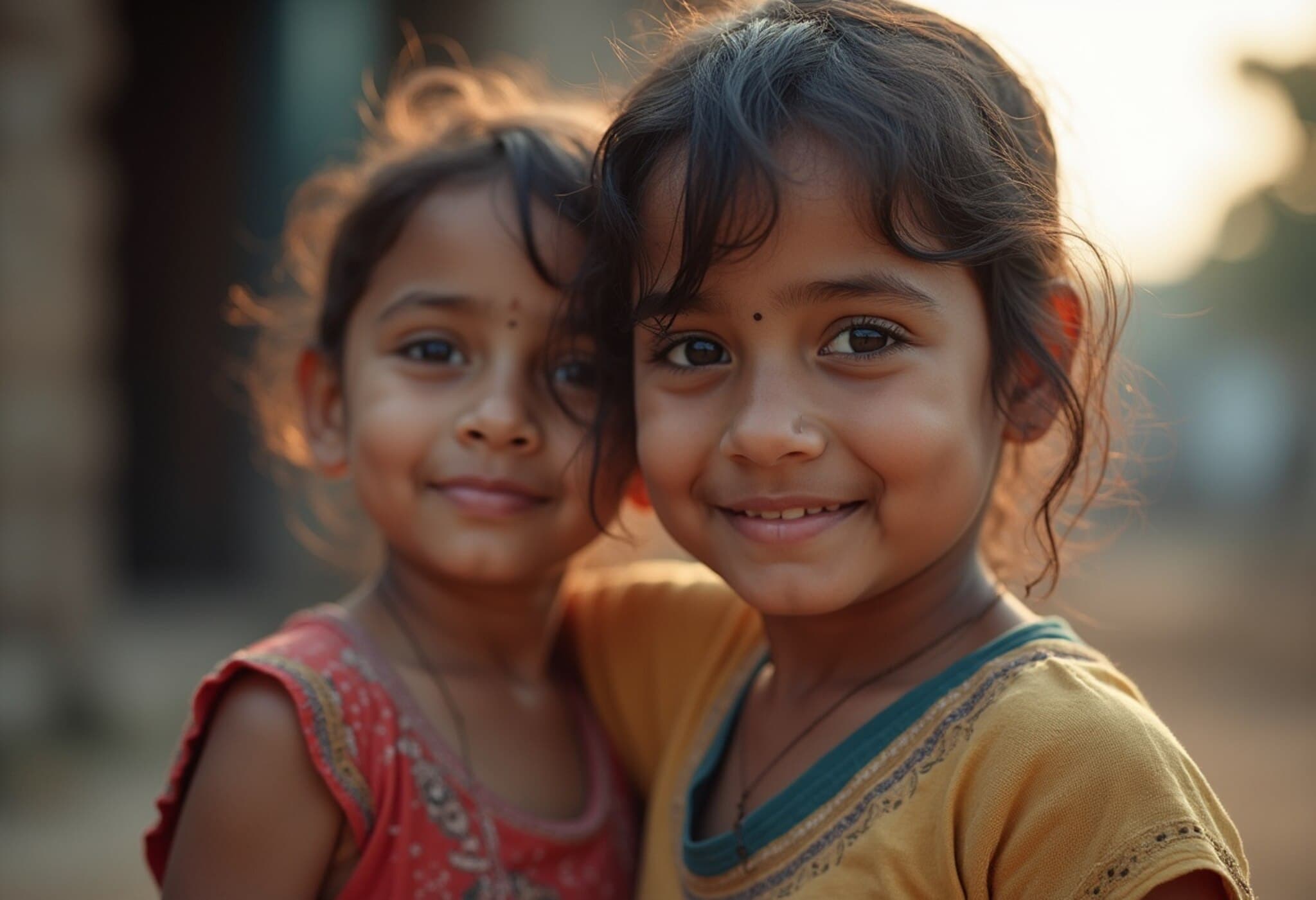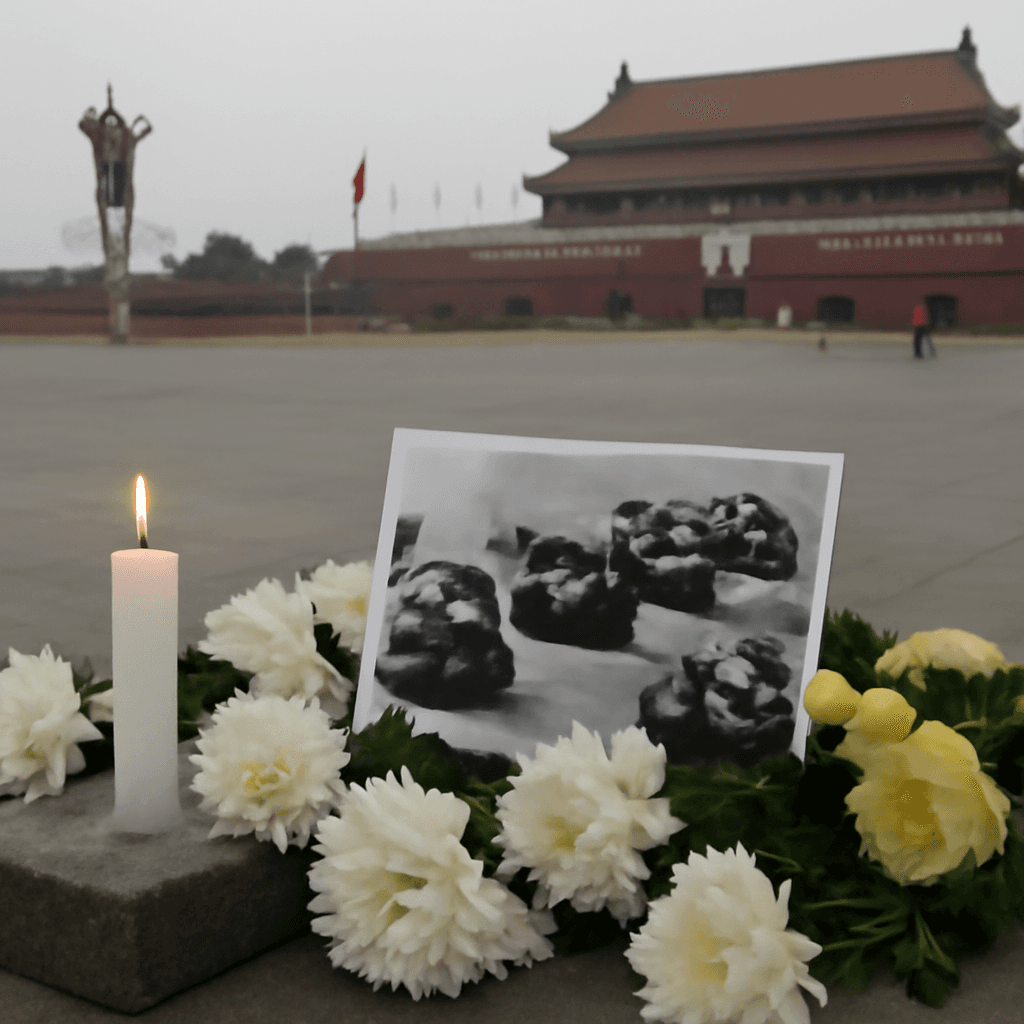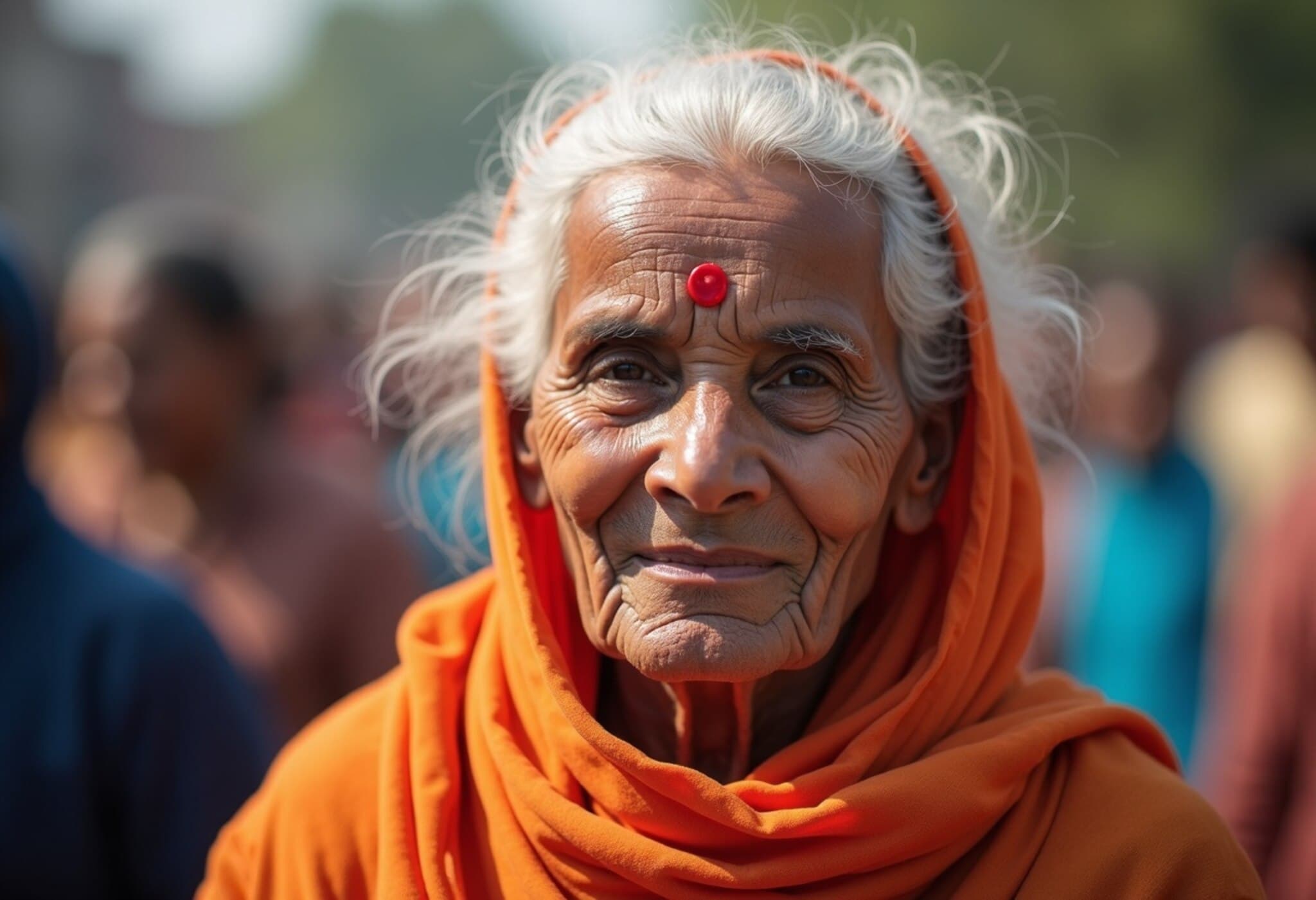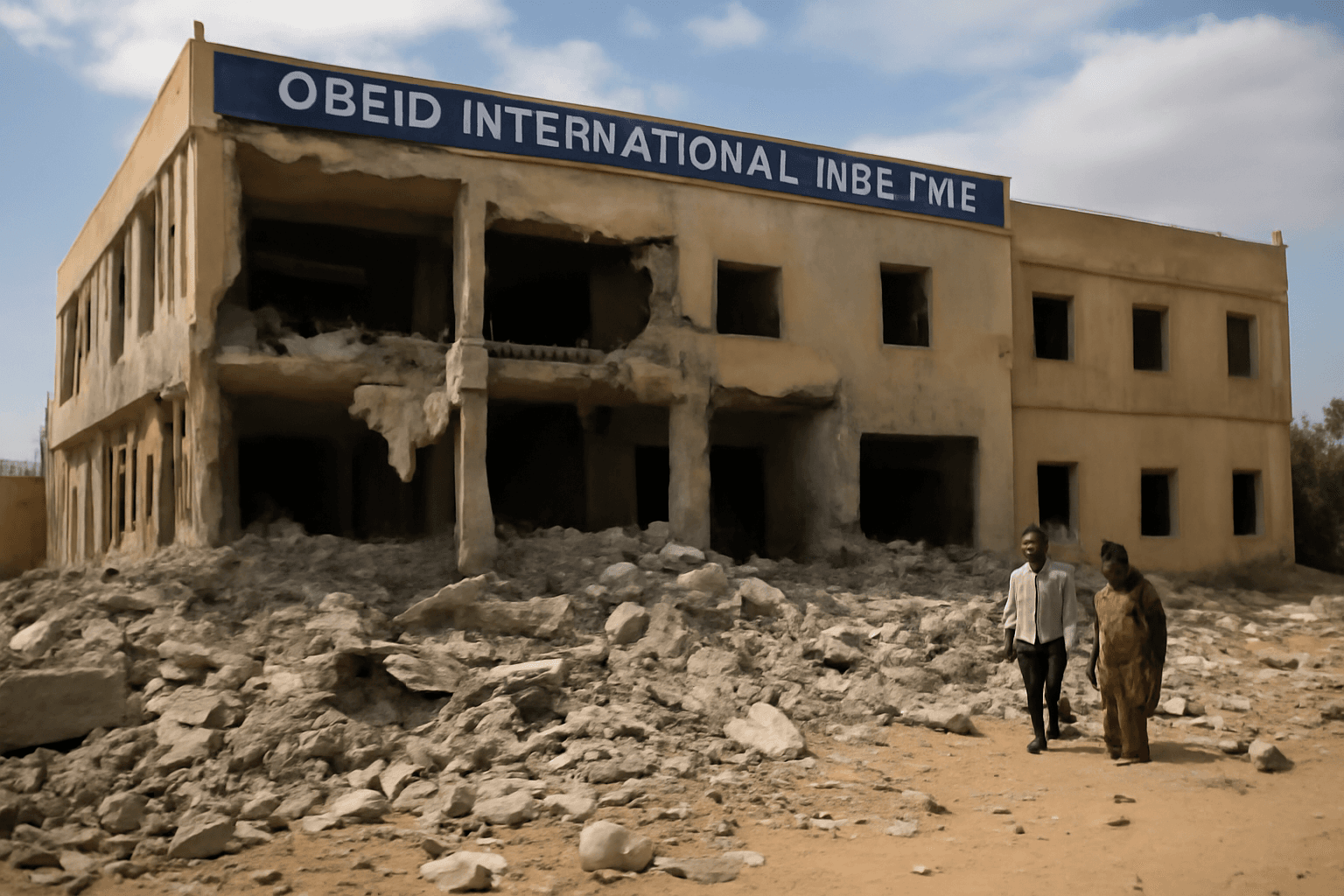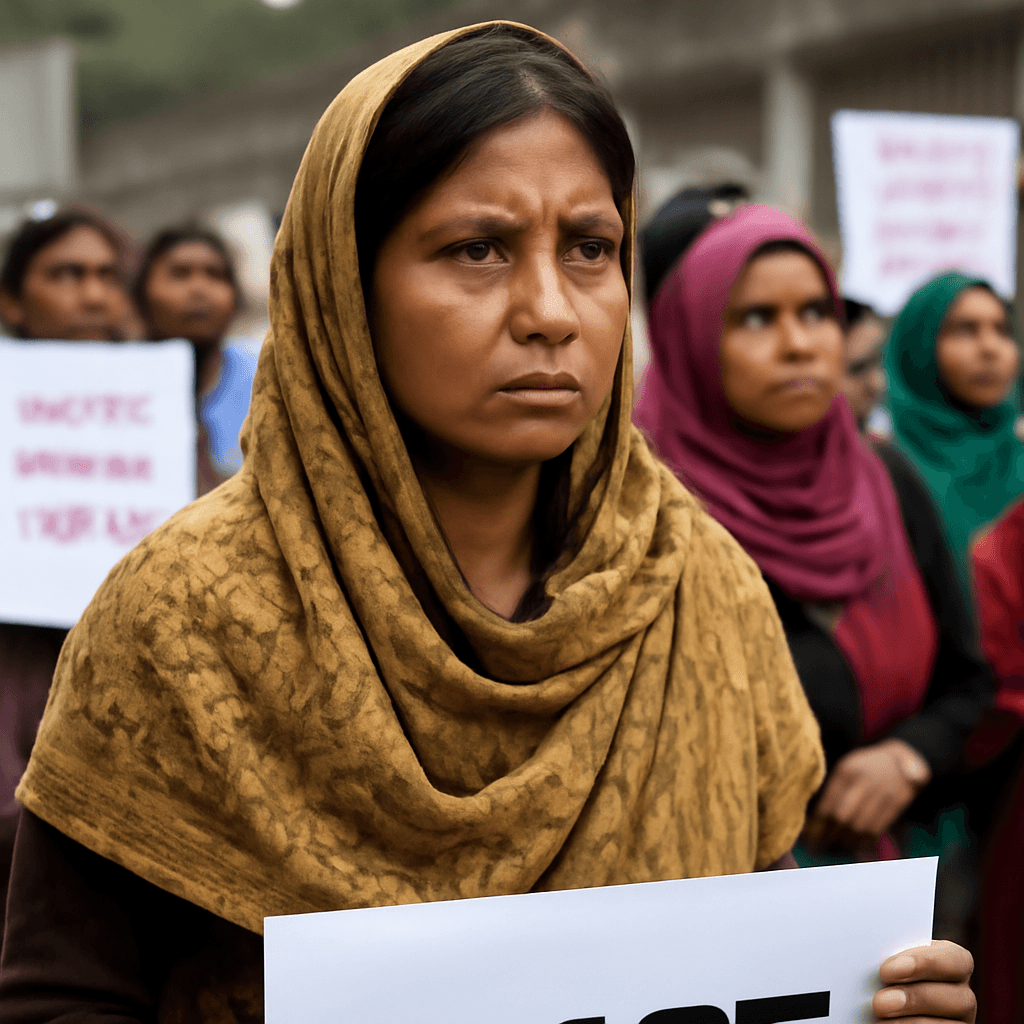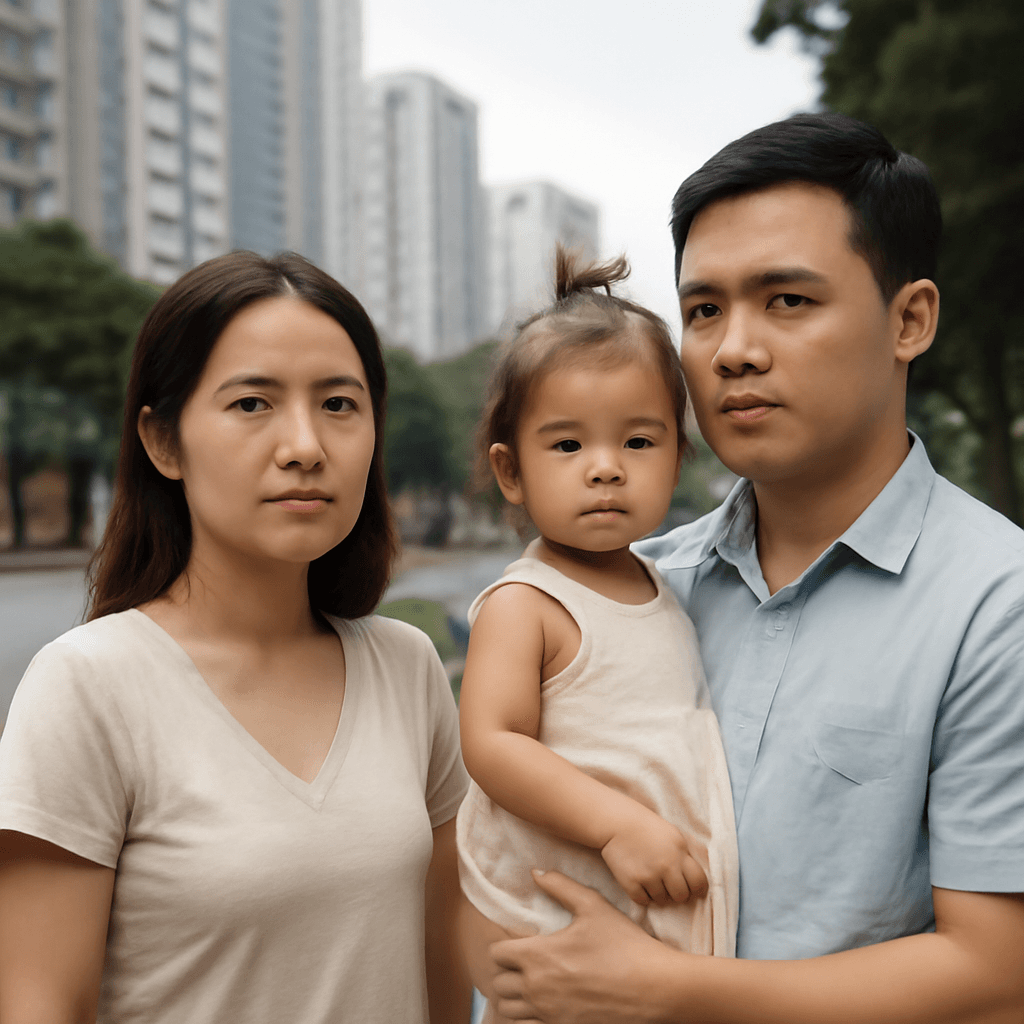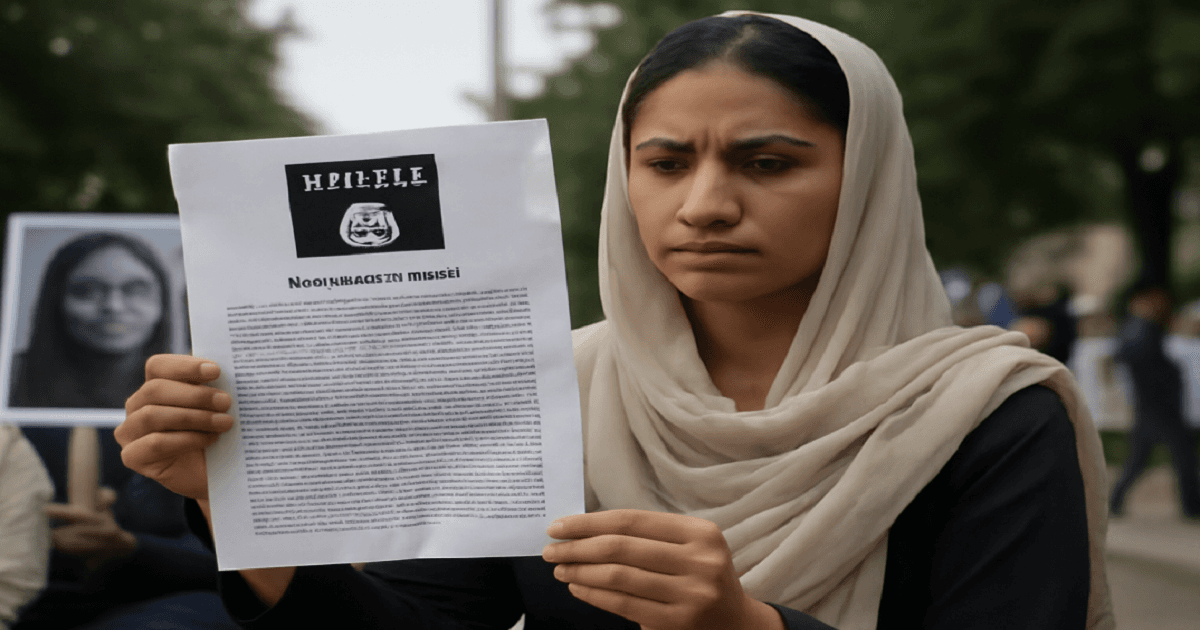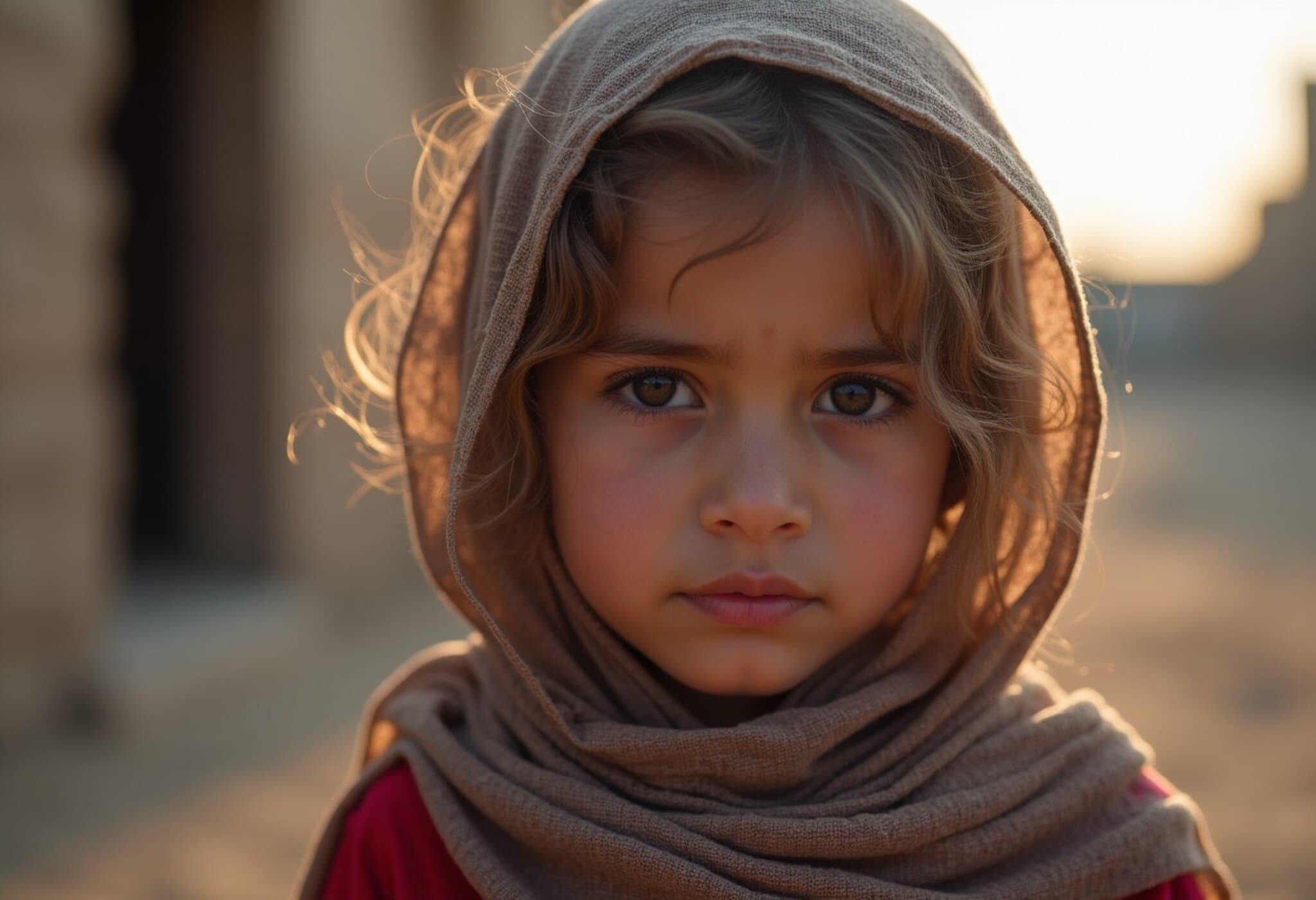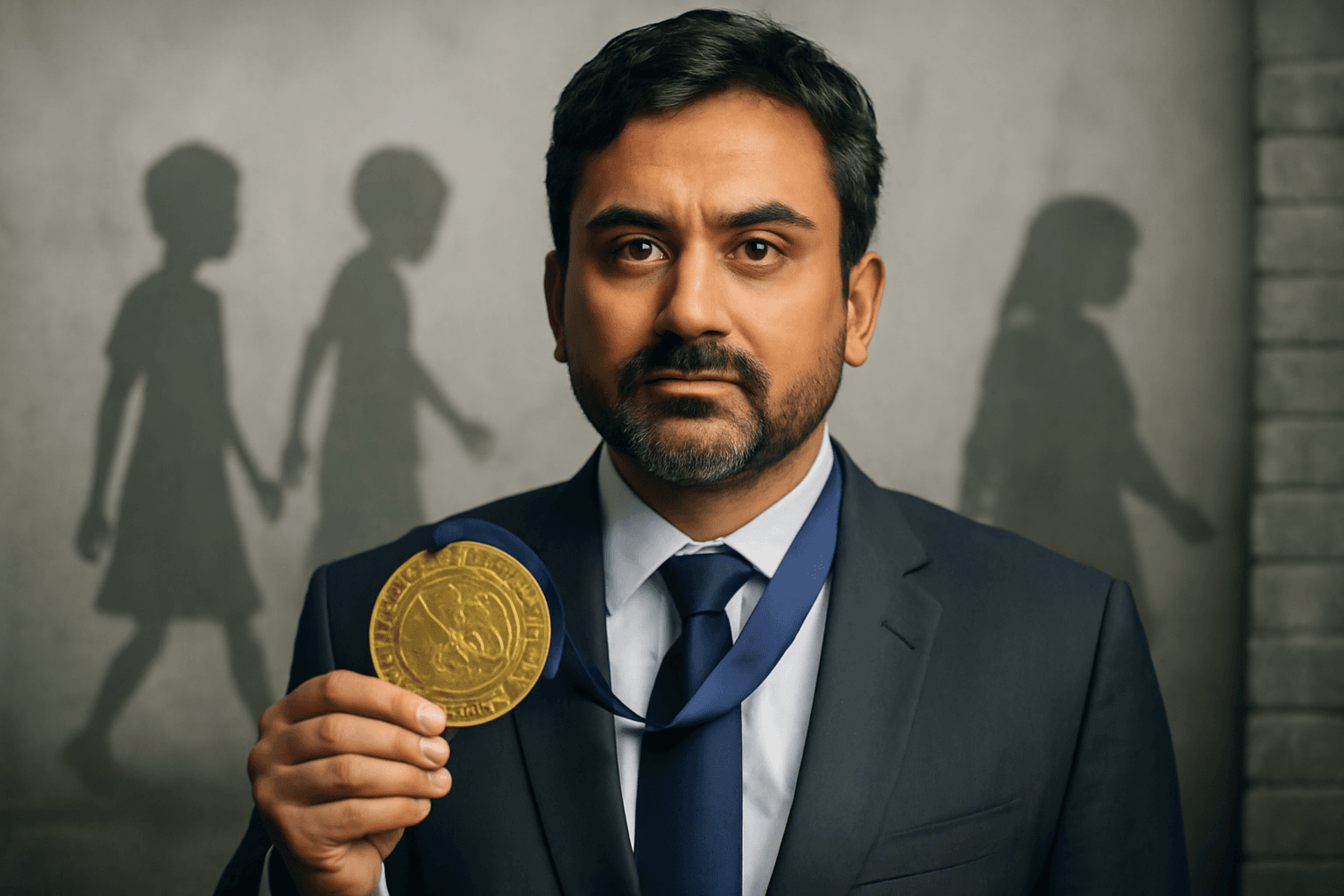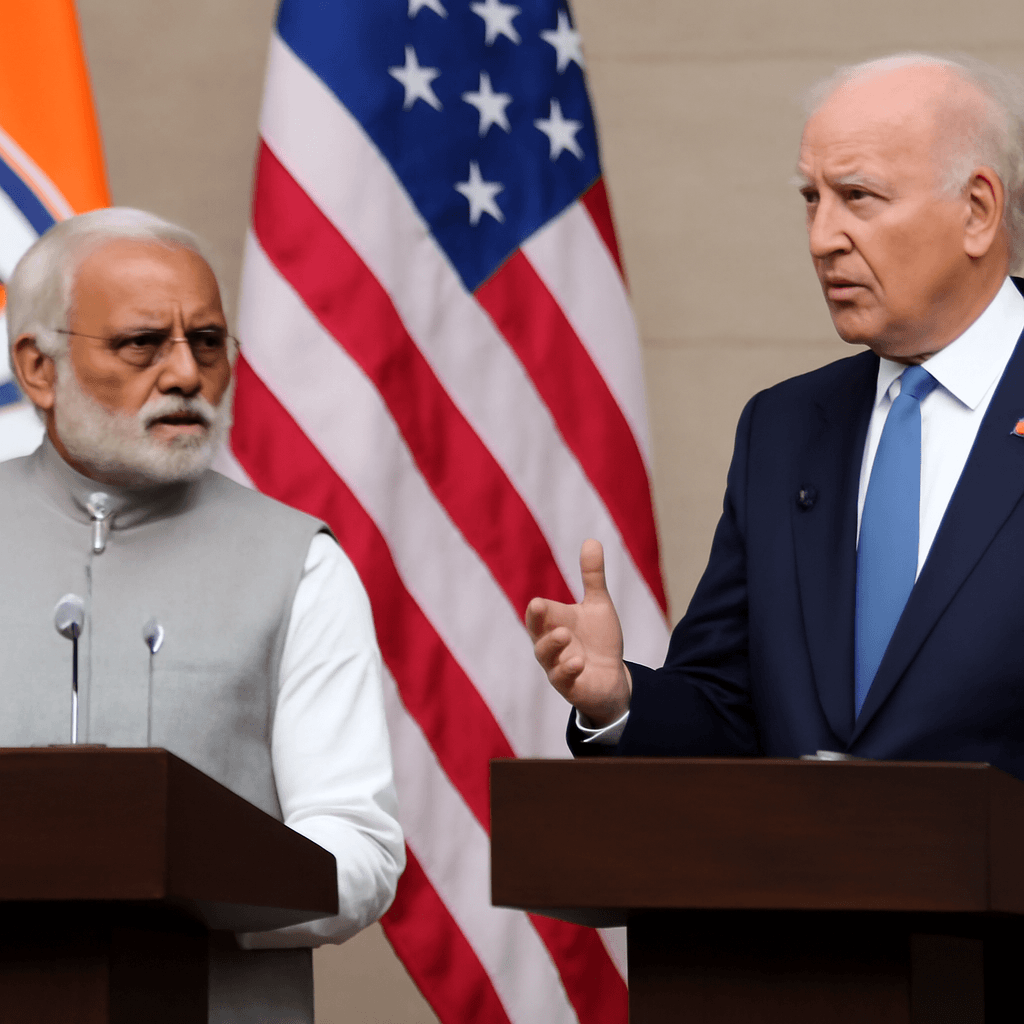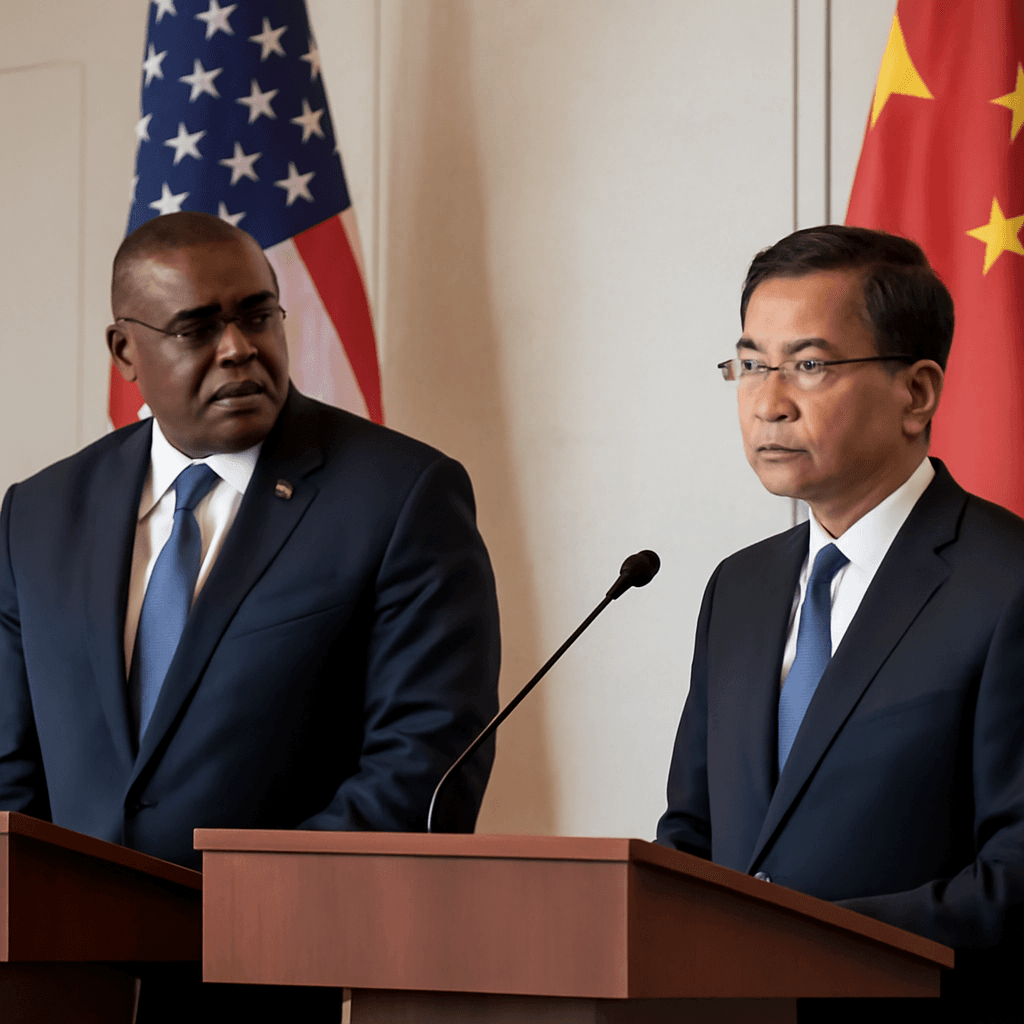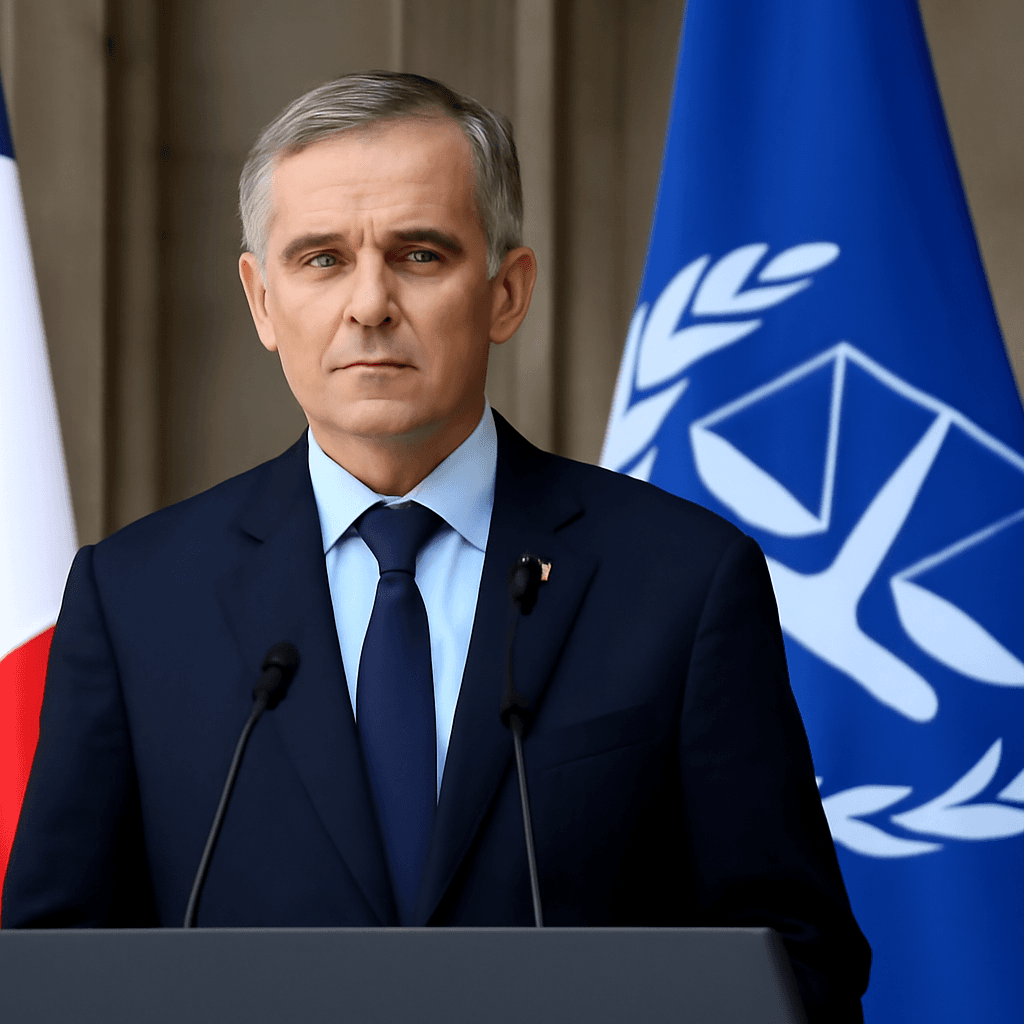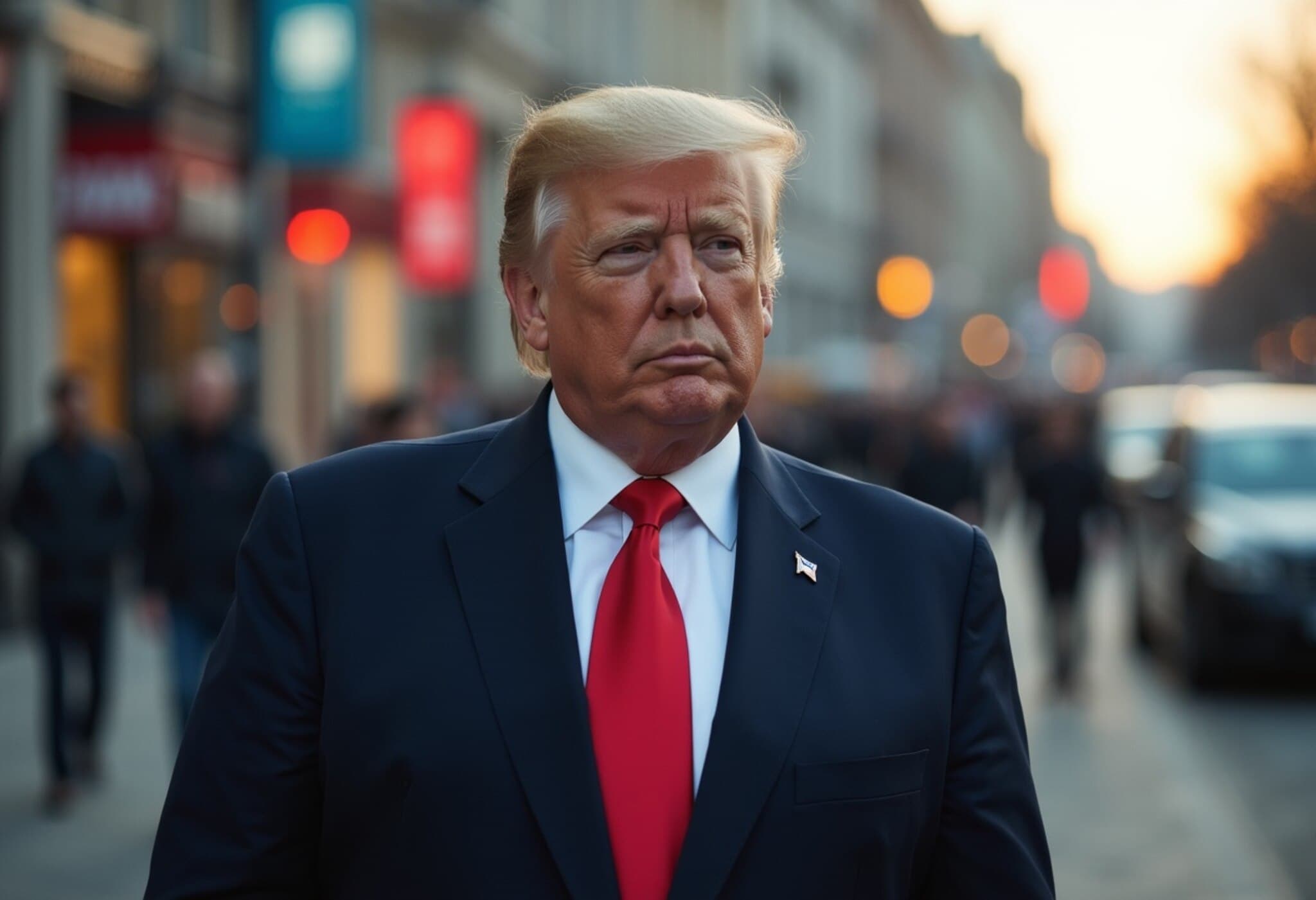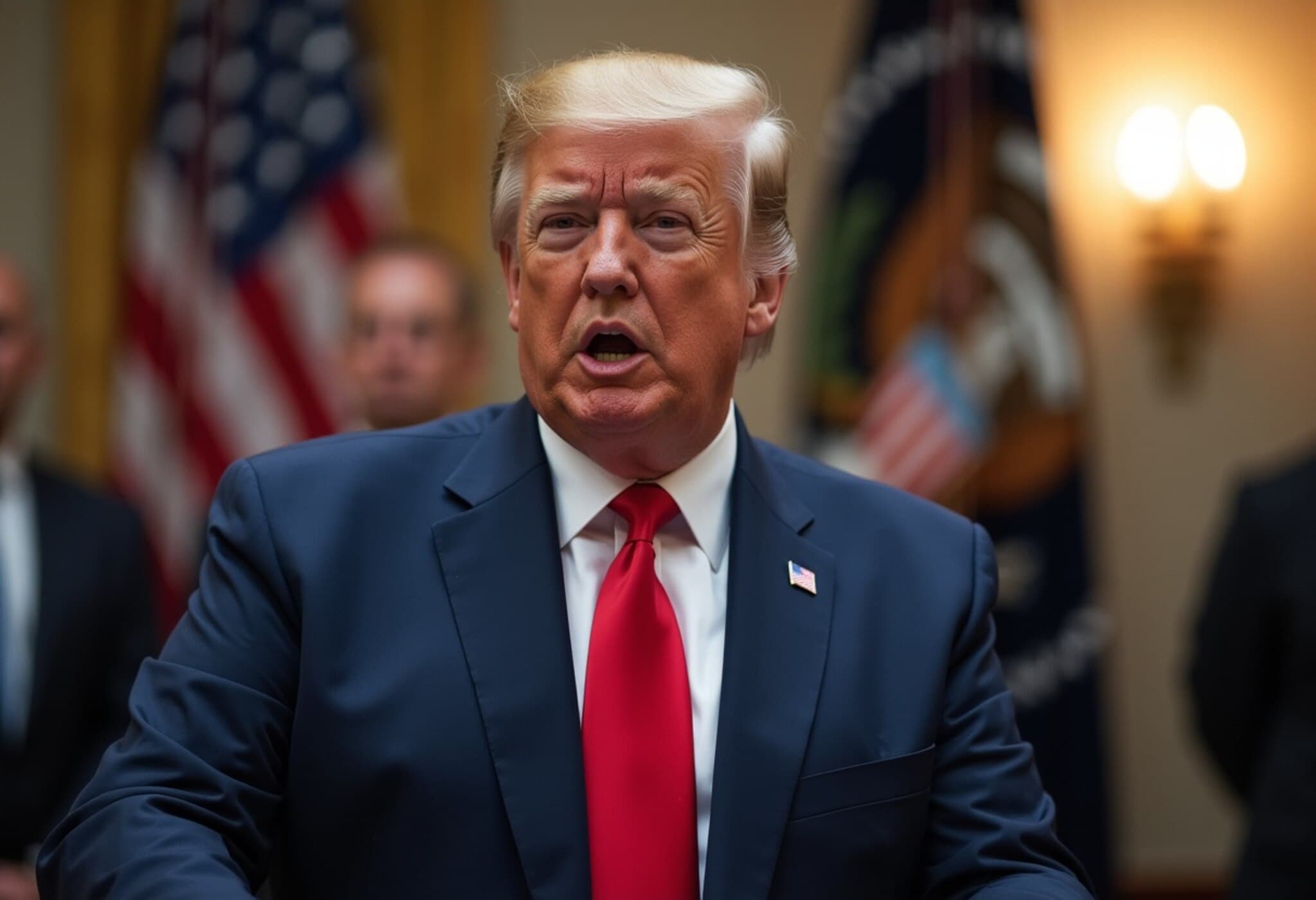America’s Hidden Crisis: Child Marriages Persist Despite Legal Gaps
Child marriage remains a distressing reality in the United States more than two centuries after its founding, exposing an often overlooked human rights crisis within one of the world’s most developed nations. While globally, countries like India battle entrenched socio-economic challenges to curb the practice, the U.S. faces its own complex web of cultural norms and legislative hurdles hampering protection for vulnerable youth.
The Story of Kate Yang: Survivor and Advocate
Kate Yang’s harrowing journey from being sold into marriage at just 12 years old to becoming a fearless advocate against child marriage epitomizes the struggle many girls face in America’s shadowed corners. Born into the Hmong community in California, with its rigid patriarchal traditions, Kate was uprooted swiftly and married at 12. By 15, she was a mother enduring brutal abuse but eventually found the strength to escape.
Her story, marked by emotional trauma and resilience, shines a light on how child marriage in the U.S. persists not due to poverty alone—as often assumed globally—but through a complicated nexus of cultural enforcement, lack of awareness, and legislative loopholes that still permit minors to wed under parental or judicial consent.
Cultural Context: The Hmong Community and Child Marriage
Kate describes her upbringing as 'like living in a cult,' where daughters are often viewed as burdens destined for early marriage to obtain dowries. This painful reality is compounded by the legacy of displacement faced by the Hmong people, many of whom fled Southeast Asia after serving the CIA during the “secret war” in Laos.
The deeply patriarchal values and economic stress within certain minority communities across the U.S. render girls vulnerable to a cycle of abuse that includes coerced marriage, restricted education, and silenced voices.
Legal Landscape: Why Child Marriage Persists in the U.S.
- Only 15 states have banned child marriage outright. As recently as 2017, children in many states could marry with parental permission or if pregnant.
- Opposition comes from diverse fronts. Some conservatives claim bans infringe on religious freedoms, while some liberals fear they could restrict minors’ reproductive rights.
- Uneven political will and lack of survivor representation hamper reform. Survivors like Kate recount how legislators often demand local testimonies and data before acting, even as more children suffer.
Kate's experience lobbying in Washington, Virginia, and California reveals a patchwork of progress and setbacks that underscore the challenge of national uniformity.
The Invisible Scars: Trauma Beyond Escape
Surviving child marriage doesn’t erase its lasting effects. Kate continues to wrestle with post-traumatic stress disorder (PTSD), highlighting the deeply emotional costs of abuse often overlooked in policy debates. Her reluctance to continually recount her story publicly is a poignant reminder that advocacy can exact personal tolls on survivors.
The Role of Advocates and Allies
Working alongside organizations like Unchained at Last, Kate champions awareness-raising as vital to dismantling child marriage’s hold. Her goal extends beyond legislation—she strives to awaken the American public and policymakers to a crisis largely hidden in plain sight.
Looking Ahead: Can America End Child Marriage?
With its 250th anniversary approaching, the U.S. stands at a crossroads. Can it reconcile its image as a bastion of freedom with the persistence of child marriage? Kate’s advocacy, bolstered by her husband's support and her community work, is a beacon urging the nation to confront uncomfortable truths.
Federal action remains elusive but not impossible. The debate touches on core American values—protecting childhood, preserving autonomy, and ensuring justice. If the U.S. hears survivor voices like Kate's, it could finally close loopholes that leave children vulnerable.
Expert Insight: A Broader American Context
Child marriage in the United States reflects broader issues of systemic inequality, immigrant community pressures, and gaps in child welfare policy. Unlike international contexts where poverty is the primary driver, in the U.S., intersecting factors such as immigration status, minority cultural traditions, and rural isolation complicate legal enforcement and social interventions.
Furthermore, the tension between state and federal jurisdiction creates patchwork protections that a national law could unify, ensuring no child across the country is legally bound to marry before adulthood.
Editor’s Note
The story of Kate Yang challenges America’s self-image and compels us to ask: How can a nation proud of its freedoms allow children to be married off as young as 12? The coming years will test political resolve, social awareness, and cultural change. Ending child marriage in the U.S. is not just a legal challenge; it is a moral imperative demanding collective action backed by empathy and understanding.
We invite readers to reflect on this pressing issue, advocate for change, and support survivors’ voices to ensure all American children enjoy their fundamental rights to a safe and full childhood.

